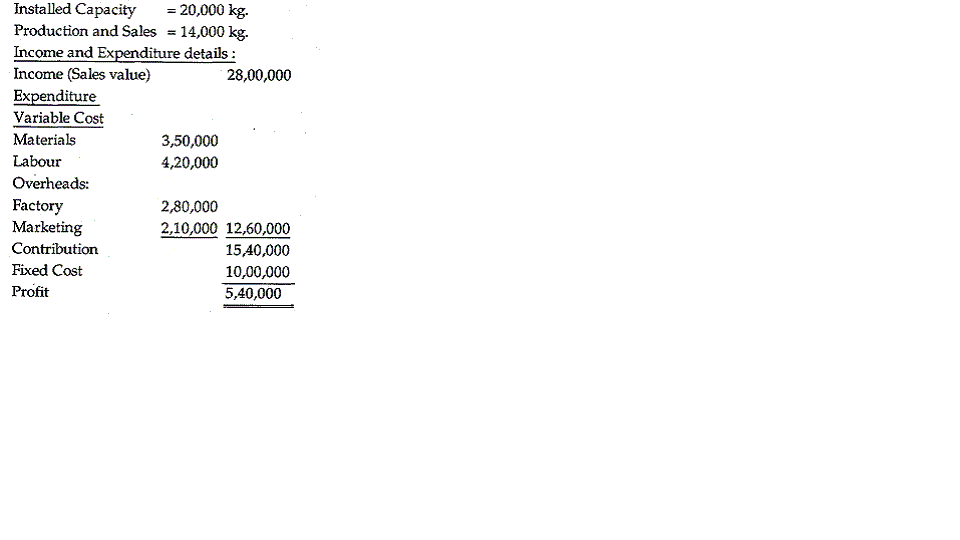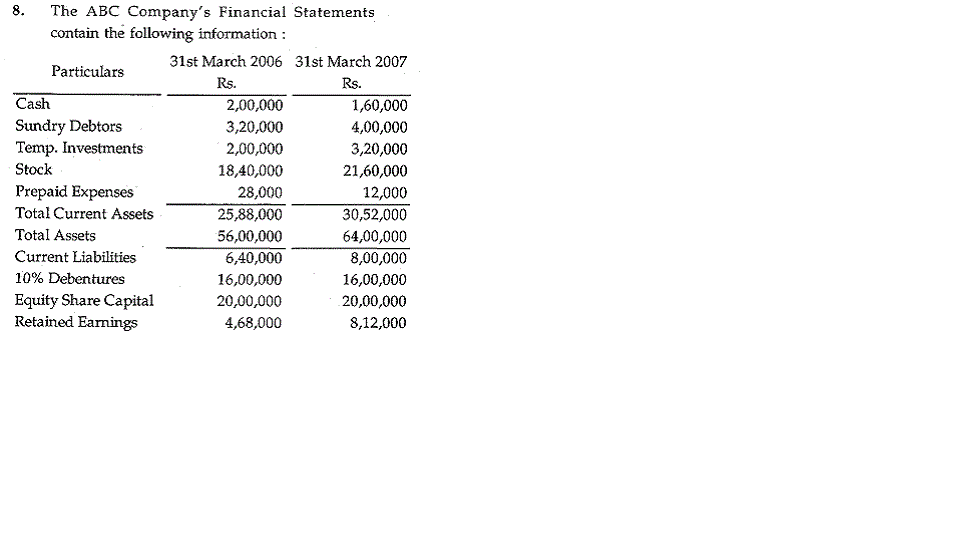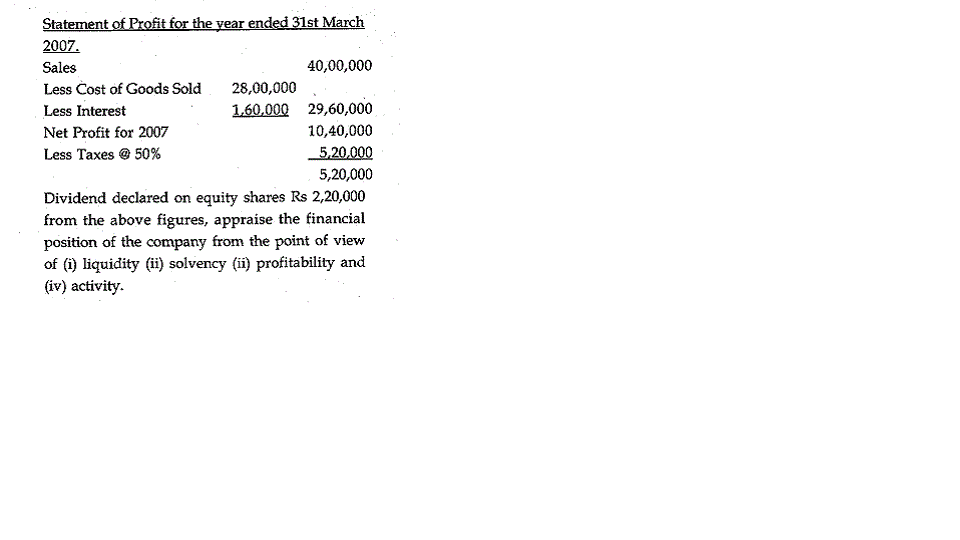MS-4 Dec, 2008
MS-4 : ACCOUNTING AND FINANCE FOR MANAGERS
l. (a) Explain the Money Measurement Concept and the Accrual Concept. What are the limitations of the former concept. Explain.
(b) What do you understand by Accounting Standards ? Why are they necessary ? Explain with examples.
2. (a) Explain First-In First-Out and Last-In First-Out Methods of Inventory Valuation. In an inflationary situation, which method will give higher valuation of the inventory, other things remaining the same ? Explain.
(b) what do you understand by Capitalisation of earnings ? How is the value of a firm ascertained with the help of its earnings. Explain with an example
3. what do you understand by Composite Cost of Capital ? How is it computed ? Explain with an example. How would you support the statement that debt becomes more expensive after a certain point is reached ? Explain.
4. Distinguish between
(a) Preference Shares and Bonus Shares.
(b) Earnings Yield and Dividend Yield.
(c) Sales Price Variance and Sales Volume Variance.
(d) Shut Down Costs and Sunk Costs.
5. The summarised result of the operations of a company for the first year of its existence is glven below:

6.What is meant by Net Present Value ? Why is Profitability Index considered useful ? Discuss the Iimitations of Investment Appraisal Techniques.
7.Explain fully the following statements :
(a) Higher profit margins need not necessarily lead to higher rate of return on investement.
(b) Actual performance can be compared with the budget performance with the help of three ratios.
(c) A high operating leverage is not always desirable.
(d) Dividend, Investment and Financing decisions are inter-dependent





